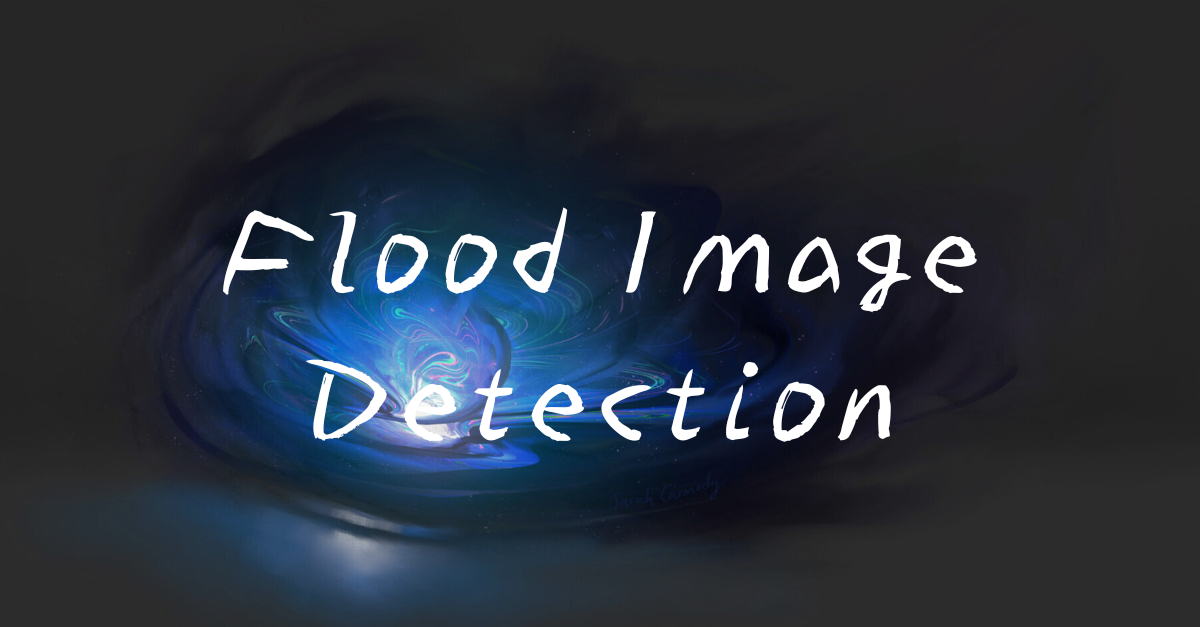File size: 3,339 Bytes
14a9f90 f064f8c 14dc28e f064f8c 14dc28e f064f8c |
1 2 3 4 5 6 7 8 9 10 11 12 13 14 15 16 17 18 19 20 21 22 23 24 25 26 27 28 29 30 31 32 33 34 35 36 37 38 39 40 41 42 43 44 45 46 47 48 49 50 51 52 53 54 55 56 57 58 59 60 61 62 63 64 65 66 67 68 69 70 71 72 73 74 75 76 77 78 79 80 81 82 83 84 85 86 87 88 89 90 91 92 93 94 95 96 97 98 99 100 101 102 103 104 105 106 107 108 109 110 111 112 113 114 115 116 117 |
---
license: apache-2.0
datasets:
- TheNetherWatcher/DisasterClassification
language:
- en
base_model:
- google/siglip2-base-patch16-512
pipeline_tag: image-classification
library_name: transformers
tags:
- SigLIP2
- Flood-Detection
- Disaster-Detection
- climate
---

# Flood-Image-Detection
> Flood-Image-Detection is a vision-language encoder model fine-tuned from `google/siglip2-base-patch16-512` for **binary image classification**. It is trained to detect whether an image contains a **flooded scene** or **non-flooded** environment. The model uses the `SiglipForImageClassification` architecture.
> [!note]
SigLIP 2: Multilingual Vision-Language Encoders with Improved Semantic Understanding, Localization, and Dense Features : https://arxiv.org/pdf/2502.14786
```py
Classification Report:
precision recall f1-score support
Flooded Scene 0.9172 0.9458 0.9313 609
Non Flooded 0.9744 0.9603 0.9673 1309
accuracy 0.9557 1918
macro avg 0.9458 0.9530 0.9493 1918
weighted avg 0.9562 0.9557 0.9559 1918
```

---
## Label Space: 2 Classes
```
Class 0: Flooded Scene
Class 1: Non Flooded
```
---
## Install Dependencies
```bash
pip install -q transformers torch pillow gradio hf_xet
```
---
## Inference Code
```python
import gradio as gr
from transformers import AutoImageProcessor, SiglipForImageClassification
from PIL import Image
import torch
# Load model and processor
model_name = "prithivMLmods/flood-image-detection" # Update with actual model name on Hugging Face
model = SiglipForImageClassification.from_pretrained(model_name)
processor = AutoImageProcessor.from_pretrained(model_name)
# Updated label mapping
id2label = {
"0": "Flooded Scene",
"1": "Non Flooded"
}
def classify_image(image):
image = Image.fromarray(image).convert("RGB")
inputs = processor(images=image, return_tensors="pt")
with torch.no_grad():
outputs = model(**inputs)
logits = outputs.logits
probs = torch.nn.functional.softmax(logits, dim=1).squeeze().tolist()
prediction = {
id2label[str(i)]: round(probs[i], 3) for i in range(len(probs))
}
return prediction
# Gradio Interface
iface = gr.Interface(
fn=classify_image,
inputs=gr.Image(type="numpy"),
outputs=gr.Label(num_top_classes=2, label="Flood Detection"),
title="Flood-Image-Detection",
description="Upload an image to detect whether the scene is flooded or not."
)
if __name__ == "__main__":
iface.launch()
```
---
## Intended Use
`Flood-Image-Detection` is designed for:
* **Disaster Monitoring** – Rapid detection of flood-affected areas from imagery.
* **Environmental Analysis** – Track flooding patterns across regions using image datasets.
* **Crisis Response** – Assist emergency services in identifying critical zones.
* **Surveillance and Safety** – Monitor infrastructure or locations for flood exposure.
* **Smart Alert Systems** – Integrate with IoT or camera feeds for automated flood alerts. |